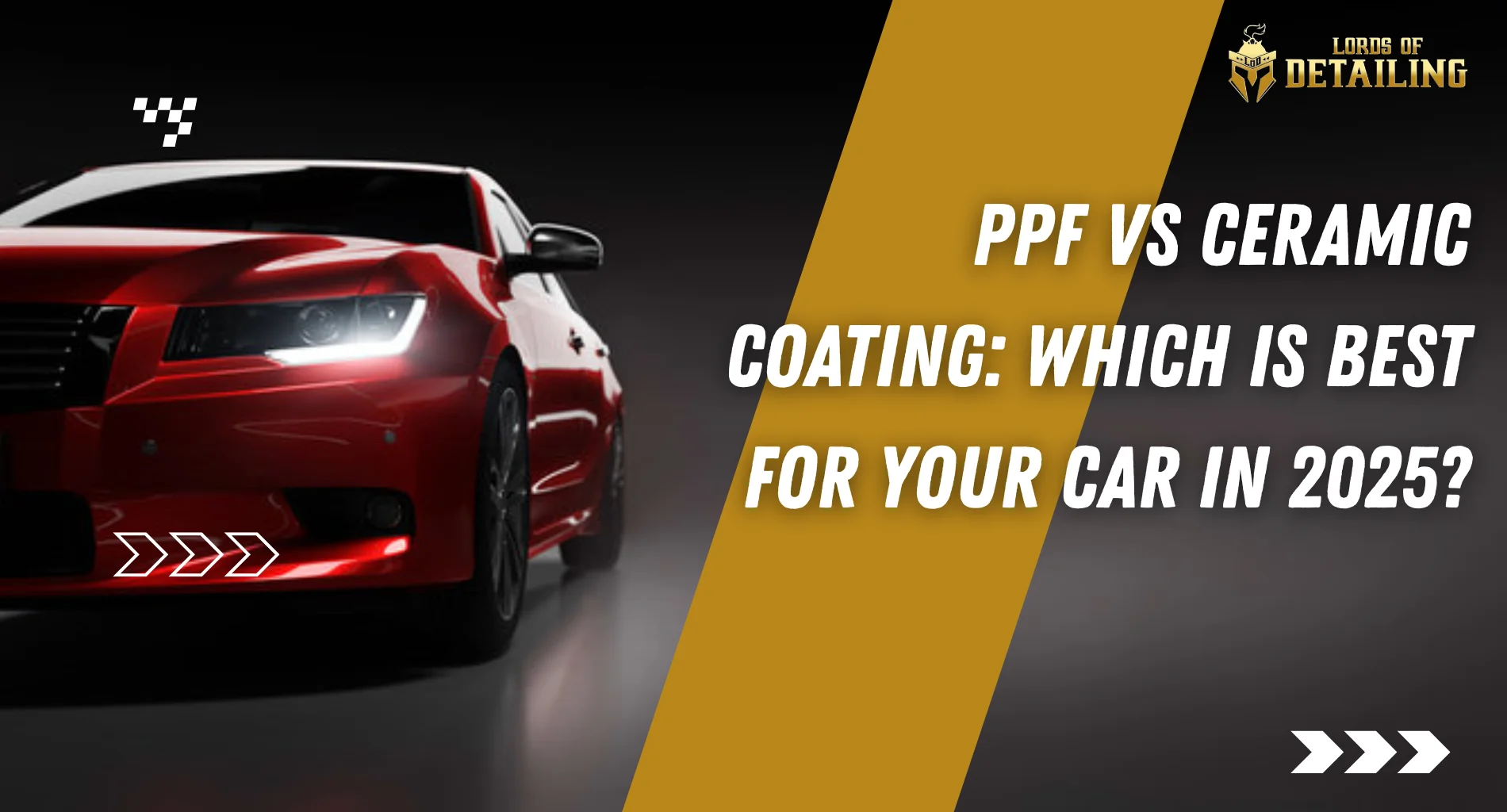
Keeping your car looking its best requires more than just regular washing. Rubbing and polishing are crucial steps in car maintenance that help restore the shine and remove imperfections from the surface. In this ultimate guide, we will explore the benefits of car rubbing and polishing and provide valuable tips to ensure you get the best results.
Benefits of Car Rubbing and Polishing
1. Restores Paintwork
Over time, your car’s paint can become dull due to exposure to the elements, road grime, and minor scratches. Rubbing compounds and polishing agents remove a thin layer of the clear coat, eliminating imperfections and restoring the paint’s original luster.
2. Removes Scratches and Swirl Marks
Minor scratches and swirl marks can mar the appearance of your car. Rubbing compounds contain abrasives that smooth out these imperfections, while polishing compounds further refine the surface, leaving it smooth and glossy.
3. Enhances Shine
Polishing your car enhances its shine by creating a smooth surface that reflects light more effectively. This gives your car a showroom-quality finish that makes it look brand new.
4. Protects the Paint
Polishing not only improves the appearance of your car but also adds a layer of protection. Polishing products often contain wax or sealants that provide a protective barrier against UV rays, dirt, and moisture.
5. Increases Resale Value
A well-maintained car with a shiny, scratch-free finish is more appealing to potential buyers. Regular rubbing and polishing can help maintain your car’s value and make it easier to sell when the time comes.
Tips for Effective Car Rubbing and Polishing
1. Choose the Right Products
Selecting the appropriate rubbing and polishing compounds for your car’s paint type and condition is crucial. There are different formulations for light, medium, and heavy-duty work. Always read the product labels and choose accordingly.
2. Use the Correct Tools
Using the right tools is essential for achieving professional results. Invest in a good quality dual-action polisher or rotary buffer, and use appropriate foam or microfiber pads. Hand application can also work but requires more effort and time.
3. Prepare the Surface
Before rubbing and polishing, wash your car thoroughly to remove dirt and debris. Contaminants on the surface can cause further scratches during the process. Consider using a clay bar to remove embedded particles.
4. Work in Sections
Divide your car into manageable sections and work on one area at a time. This ensures even application and allows you to focus on achieving the best results in each section.
5. Apply Even Pressure
When using a polisher, apply even pressure and move the tool in overlapping passes. Avoid applying too much pressure, as this can damage the paint. Let the product and the machine do the work.
6. Check Your Progress
Regularly check your progress by wiping off the compound with a clean microfiber cloth. This helps you see if you’ve achieved the desired level of correction and allows you to avoid overworking an area.
7. Finish with a Wax or Sealant
After rubbing and polishing, apply a quality wax or sealant to protect the freshly polished surface. This adds a layer of protection and enhances the shine, keeping your car looking great for longer.
8. Maintain Regularly
To keep your car’s paint in top condition, incorporate regular rubbing and polishing into your maintenance routine. Depending on the climate and usage, polishing your car every few months can help maintain its appearance.
Conclusion
Rubbing and polishing are essential steps in car maintenance that can significantly enhance your vehicle’s appearance and protect its paint. By following the tips provided in this guide, you can achieve professional results and keep your car looking its best. Regular maintenance not only improves the aesthetics of your car but also helps preserve its value over time. Happy detailing!
















 Service Estimate
Service Estimate
 8750305020
8750305020


